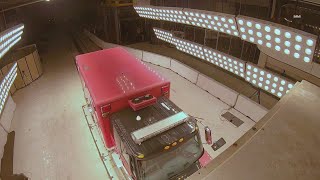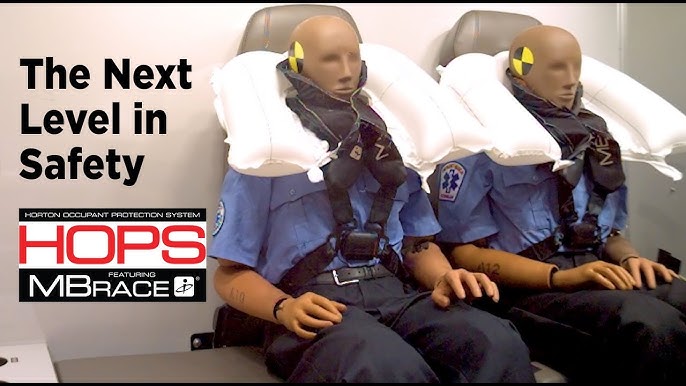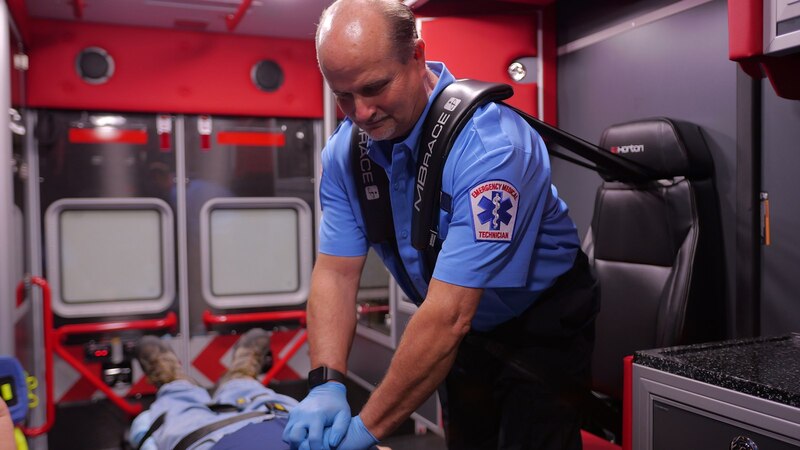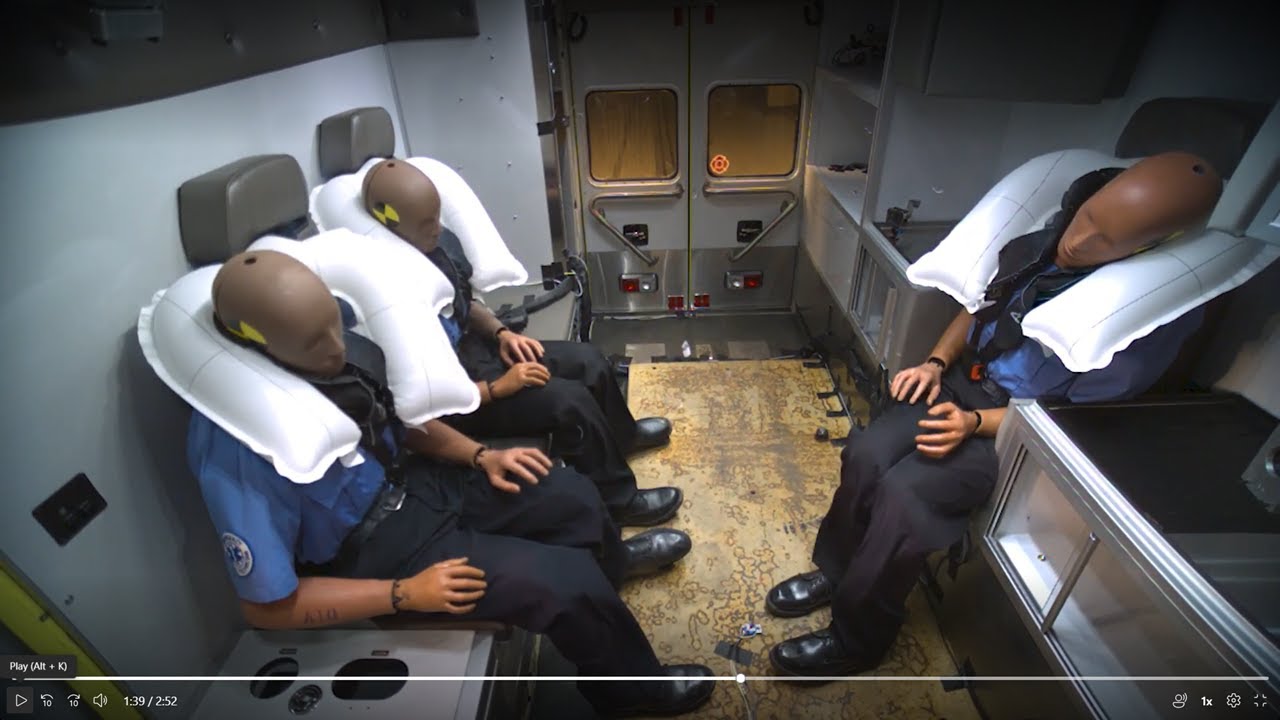- Home
- Magazines
-
Newsletters
- 19 July 2024
- 12 July 2024
- 5 July 2024
- 28 June 2024
- 14 June 2024
- 7 June 2024
- 31 May 2024
- 24 May 2024
- 17 May 2024
- 10 May 2024
- 3 May 2024
- 26 April 2024
- 19 April 2024
- 12 April 2024
- 22 March 2024
- 15 March 2024
- 8 March 2024
- 1 March 2024
- 23 February 2024
- 16 February 2024
- 9 February 2024
- 26 January 2024
- 19 January 2024
- 12 January 2024
- 22 December 2023
- 1 December 2023
- 24 November 2023
- 10 November 2023
- 3 November 2023
- 27 October 2023
- 20 October 2023
- 13 October 2023
- 6 October 2023
- 29 September 2023
- 22 September 2023
- 15 September 2023
- 8 September 2023
- 25 August 2023
- 18 August 2023
- 11 August 2023
- 4 August 2023
- 28 July 2023
- 21 July 2023
- 14 July 2023
- 7 July 2023
- 30 June 2023
- 23 June 2023
- 15 June 2023
- 2 June 2023
- 26 May 2023
- 19 May 2023
- 12 May 2023
- 5 May 2023
- 28 April 2023
- 21 April 2023
- 14 April 2023
- 6 April 2023
- 31 March 2023
- 24 March 2023
- 17 March 2023
- 10 March 2023
- 3 March 2023
- 24 February 2023
- 17 February 2023
- 10 February 2023
- 3 February 2023
- 27 January 2023
- 13 January 2023
- 22 December 2022
- 15 December 2022
- 9 December 2022
- 2 December 2022
- 25 November 2022
- 18 November 2022
- 11 November 2022
- 4 November 2022
- Advertising
- Subscribe
- Articles
-
Galleries
- AOSH Firexpo 2024
- Midvaal Fit to Fight Fire 2024
- WoF KNP 2023 Gallery
- TFA 2023 Gallery
- DMISA Conference 2023
- ETS 2023 Gallery
- Drager Fire Combat and Rescue Challenge 2023
- AOSH Firexpo 2023
- Midvaal Fit to Fight Fire
- WC IFFD 2023
- NMU 13th Fire Management Symposium 2022
- JOIFF Africa Conference 2022
- ETS 2022 Gallery
- TFA 2022 Gallery
- IFFD 2018
- SAESI
- TFA
- WRC 2018
- WRC 2019
- A-OSH/Securex
- IFE AGM 2019
- ETS Ind Fire Comp Nov 2019
- ETS Challenge 2021
- Drager launch
- Drager Fire Combat and Rescue Challenge 2022
- TFA
- Contact
- Home
- Magazines
-
Newsletters
- 19 July 2024
- 12 July 2024
- 5 July 2024
- 28 June 2024
- 14 June 2024
- 7 June 2024
- 31 May 2024
- 24 May 2024
- 17 May 2024
- 10 May 2024
- 3 May 2024
- 26 April 2024
- 19 April 2024
- 12 April 2024
- 22 March 2024
- 15 March 2024
- 8 March 2024
- 1 March 2024
- 23 February 2024
- 16 February 2024
- 9 February 2024
- 26 January 2024
- 19 January 2024
- 12 January 2024
- 22 December 2023
- 1 December 2023
- 24 November 2023
- 10 November 2023
- 3 November 2023
- 27 October 2023
- 20 October 2023
- 13 October 2023
- 6 October 2023
- 29 September 2023
- 22 September 2023
- 15 September 2023
- 8 September 2023
- 25 August 2023
- 18 August 2023
- 11 August 2023
- 4 August 2023
- 28 July 2023
- 21 July 2023
- 14 July 2023
- 7 July 2023
- 30 June 2023
- 23 June 2023
- 15 June 2023
- 2 June 2023
- 26 May 2023
- 19 May 2023
- 12 May 2023
- 5 May 2023
- 28 April 2023
- 21 April 2023
- 14 April 2023
- 6 April 2023
- 31 March 2023
- 24 March 2023
- 17 March 2023
- 10 March 2023
- 3 March 2023
- 24 February 2023
- 17 February 2023
- 10 February 2023
- 3 February 2023
- 27 January 2023
- 13 January 2023
- 22 December 2022
- 15 December 2022
- 9 December 2022
- 2 December 2022
- 25 November 2022
- 18 November 2022
- 11 November 2022
- 4 November 2022
- Advertising
- Subscribe
- Articles
-
Galleries
- AOSH Firexpo 2024
- Midvaal Fit to Fight Fire 2024
- WoF KNP 2023 Gallery
- TFA 2023 Gallery
- DMISA Conference 2023
- ETS 2023 Gallery
- Drager Fire Combat and Rescue Challenge 2023
- AOSH Firexpo 2023
- Midvaal Fit to Fight Fire
- WC IFFD 2023
- NMU 13th Fire Management Symposium 2022
- JOIFF Africa Conference 2022
- ETS 2022 Gallery
- TFA 2022 Gallery
- IFFD 2018
- SAESI
- TFA
- WRC 2018
- WRC 2019
- A-OSH/Securex
- IFE AGM 2019
- ETS Ind Fire Comp Nov 2019
- ETS Challenge 2021
- Drager launch
- Drager Fire Combat and Rescue Challenge 2022
- TFA
- Contact
|
24 March 2023
|
Technology: 10 years since deadly ambulance crash, new crash system tested
|
|
|
It's been 10 years since the deaths of EMTs Private Tim McCormick and specialist Cody Medley. EMT McCormick and Paramedic Cody Medley died from injuries sustained in a motor vehicle crash on 16 February 2013 in downtown Indianapolis in the US. Their ambulance had the right of way at West St. Clair Street and North Senate Avenue when they were hit by a car.
The crash was so violent, the ambulance tipped over and smashed a parked car. EMT McCormick was driving the ambulance southbound on Senate Avenue when it was struck broadside by a vehicle traveling westbound on St Clair. The light was flashing yellow for traffic on Senate and flashing red for traffic on St Clair. Paramedic Cody Medley died after being taken off life-support.
EMT McCormick was 24 years old and had been with Indianapolis EMS for approximately three years. He was not married and had no children.
Paramedic Medley was 22 years old and had been with Indianapolis EMS since June 2010. He was not married and had no children. He was previously a member of the Sunman Fire Department.
The Centres for Disease Control and Prevention estimates that the fatality rate for EMS workers is more than two times the national average for all workers in traffic accidents.
Now, after years of research and development, a safety and technology company is unveiling a new system for EMS responders that will provide better protection in a crash.
Westfield's IMMI is developing the new Mbrace system to keep EMTs safe during crashes. "The journey has led us to what is the latest and greatest, which is an inflatable airbag that's integrated into the seat belt and it's specially designed for side-facing occupants," said Nick Awabdy, vice president of engineering.
What sets the system apart from regular seat belts is the Mbrace crash detection sensor triggers in a fraction of a second, deploying airbags protecting the head and neck. "As we're able to bring an inflatable airbag that fits around the head and neck and cradles the head and neck, basically bringing a separation between the head, neck and shoulders and putting much less stress on the spine," Awabdy said.
The new technology also helps medics care for patients while safely secured in the harness. "For a lot of years, EMTs have felt like they couldn't always wear their seat belts. They were always inhibited to be able to do their job, so IMMI has been part of bringing the next level of safety, so we've got a seat belt that allows them this wide range of motion and now, these seat belts are equipped with airbags," Awabdy said.
Source: WTHR
The crash was so violent, the ambulance tipped over and smashed a parked car. EMT McCormick was driving the ambulance southbound on Senate Avenue when it was struck broadside by a vehicle traveling westbound on St Clair. The light was flashing yellow for traffic on Senate and flashing red for traffic on St Clair. Paramedic Cody Medley died after being taken off life-support.
EMT McCormick was 24 years old and had been with Indianapolis EMS for approximately three years. He was not married and had no children.
Paramedic Medley was 22 years old and had been with Indianapolis EMS since June 2010. He was not married and had no children. He was previously a member of the Sunman Fire Department.
The Centres for Disease Control and Prevention estimates that the fatality rate for EMS workers is more than two times the national average for all workers in traffic accidents.
Now, after years of research and development, a safety and technology company is unveiling a new system for EMS responders that will provide better protection in a crash.
Westfield's IMMI is developing the new Mbrace system to keep EMTs safe during crashes. "The journey has led us to what is the latest and greatest, which is an inflatable airbag that's integrated into the seat belt and it's specially designed for side-facing occupants," said Nick Awabdy, vice president of engineering.
What sets the system apart from regular seat belts is the Mbrace crash detection sensor triggers in a fraction of a second, deploying airbags protecting the head and neck. "As we're able to bring an inflatable airbag that fits around the head and neck and cradles the head and neck, basically bringing a separation between the head, neck and shoulders and putting much less stress on the spine," Awabdy said.
The new technology also helps medics care for patients while safely secured in the harness. "For a lot of years, EMTs have felt like they couldn't always wear their seat belts. They were always inhibited to be able to do their job, so IMMI has been part of bringing the next level of safety, so we've got a seat belt that allows them this wide range of motion and now, these seat belts are equipped with airbags," Awabdy said.
Source: WTHR
Quick navigation
Social
|
Who are we?FRI Media (Pty) Ltd is an independent publisher of technical magazines including the well-read and respected Fire and Rescue International, its weekly FRI Newsletter and the Disaster Management Journal. We also offer a complete marketing and publishing package, which include design, printing and corporate wear and gifts. |
Weekly FRI Newsletter |
© Copyright 2018 Fire and Rescue International. All Rights Reserved.








